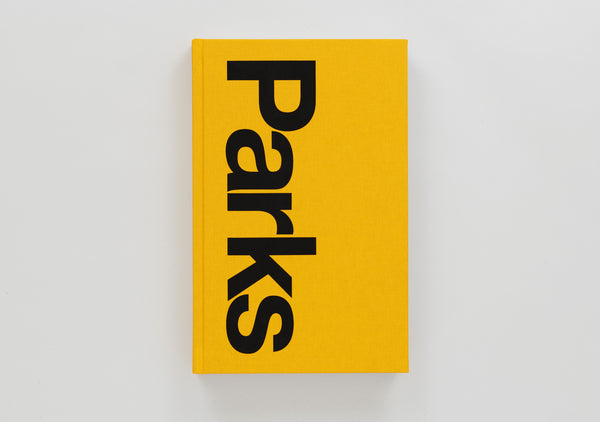
$ 64.00
About
Parks, our second title with photographer Brian Kelley, is a collection of over 300 United States national park maps, ephemera, and brochures spanning over 100 years.
Part of an ongoing project, Kelley collects oft-overlooked objects within the Parks Service. The book showcases nearly a century of art, cartography, and printed materials in a compelling visual history of America’s national parks and evolving graphic design styles culminating in Massimo Vignelli’s iconic design system, the Unigrid.




































